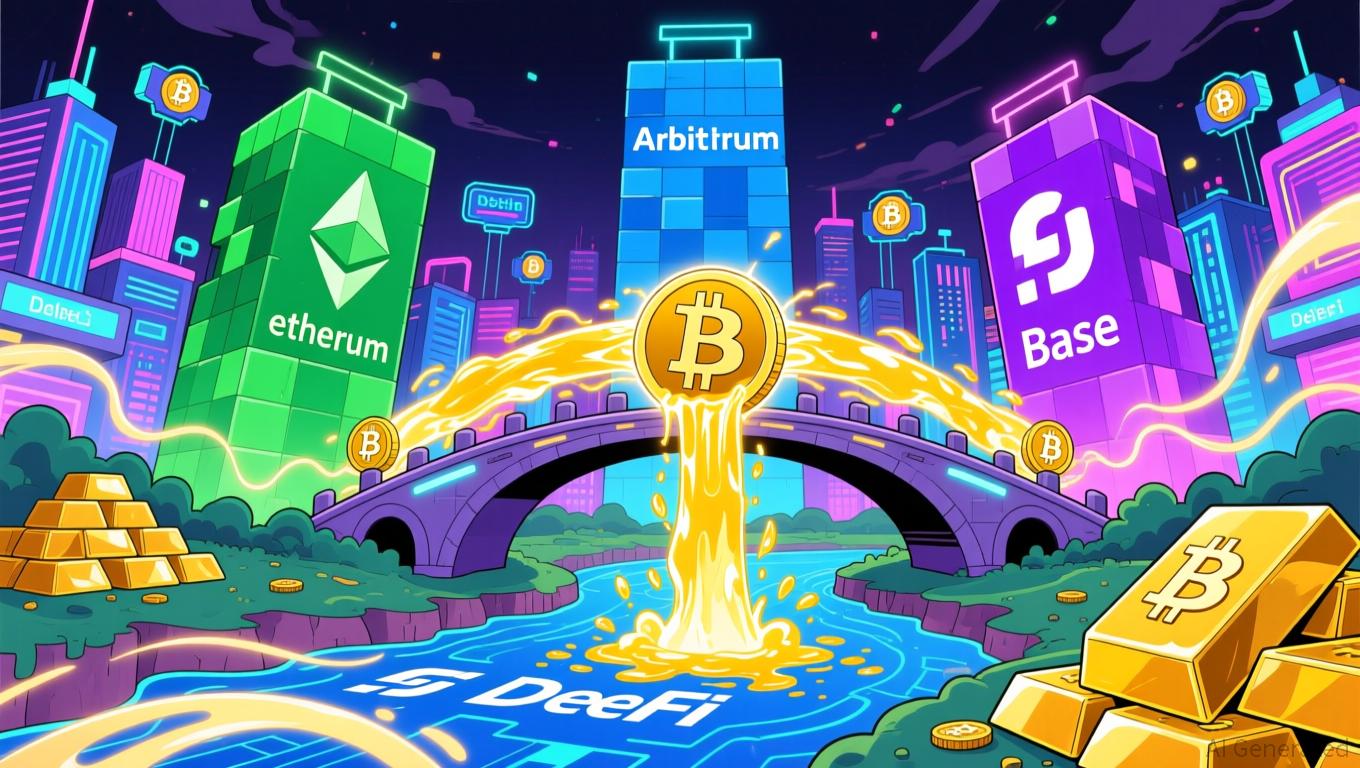Canary Capital Launches the First U.S. Spot XRP ETF
The wait is finally over. XRP just stepped into a new league with the launch of the Canary XRP ETF (XRPC) , the first U.S.-listed spot ETF designed to track the real-time price of XRP. It opened trading on Nasdaq on November 13 and immediately drew heavy interest, clocking nearly $500,000 in volume within the first five minutes and over $916,000 within the first half-hour. For a digital asset known for speed and utility, this debut couldn’t be more fitting.
This launch isn’t just another XRP ETF story. It marks a major turning point where traditional finance and blockchain utility finally intersect in a regulated U.S. market.
Why XRPC’s Launch Matters Right Now
XRP has always been different. It wasn’t built as a speculative coin or memecoin. It was designed for one purpose: moving value across borders quickly, cheaply, and reliably. With the rise of institutional interest in real-world utility tokens, this was the right moment for Canary XRP ETF to emerge.
Nasdaq’s certification gives the fund legitimacy, clarity, and accessibility that XRP hasn’t enjoyed before. Now investors can gain direct spot exposure to XRP without navigating wallets, private keys, or exchanges.
What XRPC Actually Tracks
XRPC is built to mirror the performance of the XRP Ledger across payment flows and liquidity protocols. Instead of promising active management or market timing, the ETF keeps things simple: it follows XRP’s spot price.
Steven McClurg, CEO of Canary Capital, summed it up clearly : accessibility to XRP through an ETF unlocks the next wave of adoption for a network already used in cross-border settlements, tokenization, and fast value transfer.
In other words, XRPC isn’t about hype. It’s about giving investors a clean, regulated way to participate in one of the most established blockchain payment systems in the world.
How Strong Was the ETF’s First-Day Hype?
The first-day hype around XRPC was obvious from the opening bell. Trading kicked off with about $130,000 in volume at market open, and within just five minutes activity on Robinhood alone had already crossed the $500,000 mark.
By the 30-minute point, total volume had climbed past $916,000, showing that buyers were lining up fast.
Even before launch, Bloomberg analysts were calling for a big debut, with estimates ranging from $17 million to $34 million in first-day volume. Put together, these numbers show real demand from investors who’ve been waiting for a regulated, simple way to gain exposure to $XRP.
The Bigger Picture
The first U.S. spot XRP ETF isn’t just a financial product. It’s a signal. Utility-driven digital assets are gaining traction, regulators are opening doors, and investors are finally getting tools that make sense inside traditional markets.
If Bitcoin ETFs pulled institutions into crypto, XRP’s XRPC might be what brings them to real-world blockchain utility.
Disclaimer: The content of this article solely reflects the author's opinion and does not represent the platform in any capacity. This article is not intended to serve as a reference for making investment decisions.
You may also like
Bitcoin News Update: Decentralized tBTC Bridge Competes with Centralized Alternatives in the Battle for Bitcoin Liquidity
- Threshold Network upgrades tBTC bridge to unlock $500B institutional Bitcoin liquidity for DeFi, enabling single-transaction minting to Ethereum , Arbitrum, and Base without gas fees. - Competitors like WBTC ($13B market cap) expand to Hedera , leveraging institutional-grade security and MEV-resistant infrastructure to challenge Threshold's decentralized model. - Threshold's 51-of-100 threshold signing model eliminates custodial risks, contrasting with WBTC/renBTC's centralized custodians and attracting

Solana News Update: DATs Initiate Buybacks to Narrow NAV-Price Gap Amid Market Volatility
- Upexi Inc. authorizes $50M stock buyback to boost shareholder value amid crypto market volatility. - DATs like Upexi trade below NAV (0.68 mNAV) as broader market pressures drive discounted valuations. - Industry trend sees firms including Forward Industries ($1B buyback) using repurchases to stabilize equity. - Analysts warn mass buybacks could trigger market unwinds, though Upexi maintains 1.74 current ratio liquidity. - Strategy reflects DATs' dual role as value stores and yield generators through sta
Trump’s Wall Street Fundraiser Sparks Renewed Debate Over Deregulation and Regulatory Oversight Following Trade Finance Crisis
- Trump dined with Wall Street leaders amid First Brands' $3B trade finance collapse, exposing non-bank lending risks and triggering calls for stricter oversight. - Jefferies faces scrutiny over $3B in tied debt as its stock fell 19%, while JPMorgan's Dimon warned of systemic gaps in non-bank lending oversight. - Trump's 50-year mortgage proposal sparked debate, with critics fearing "debt for life," while a 42-day government shutdown worsened market uncertainty. - The administration's deregulatory agenda c
Digital Identity, No Data Required: ZK Protocol Secures $9M to Champion a Privacy-Centric Tomorrow
- Self Labs raised $9M in seed funding led by Greenfield Capital and SoftBank, with participation from Web3 leaders like Sreeram Kannan and Sandeep Nailwal. - The ZK-based platform enables privacy-preserving identity verification using zero-knowledge proofs and supports 129 countries' biometric passports and India's Aadhaar system. - A points-based rewards program incentivizes on-chain verification, while integrations with Google, Aave , and Velodrome expand use cases like token distribution and age checks

